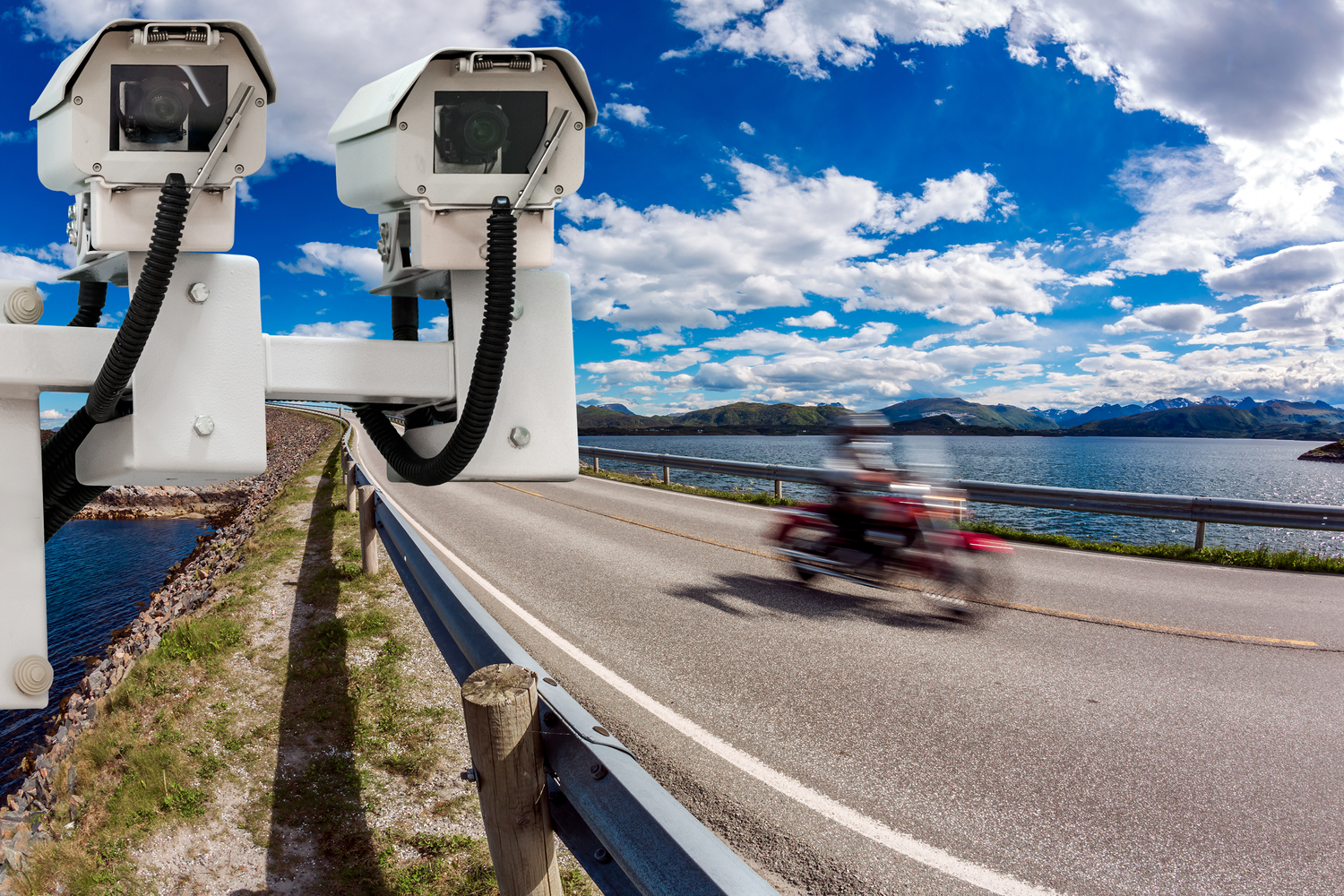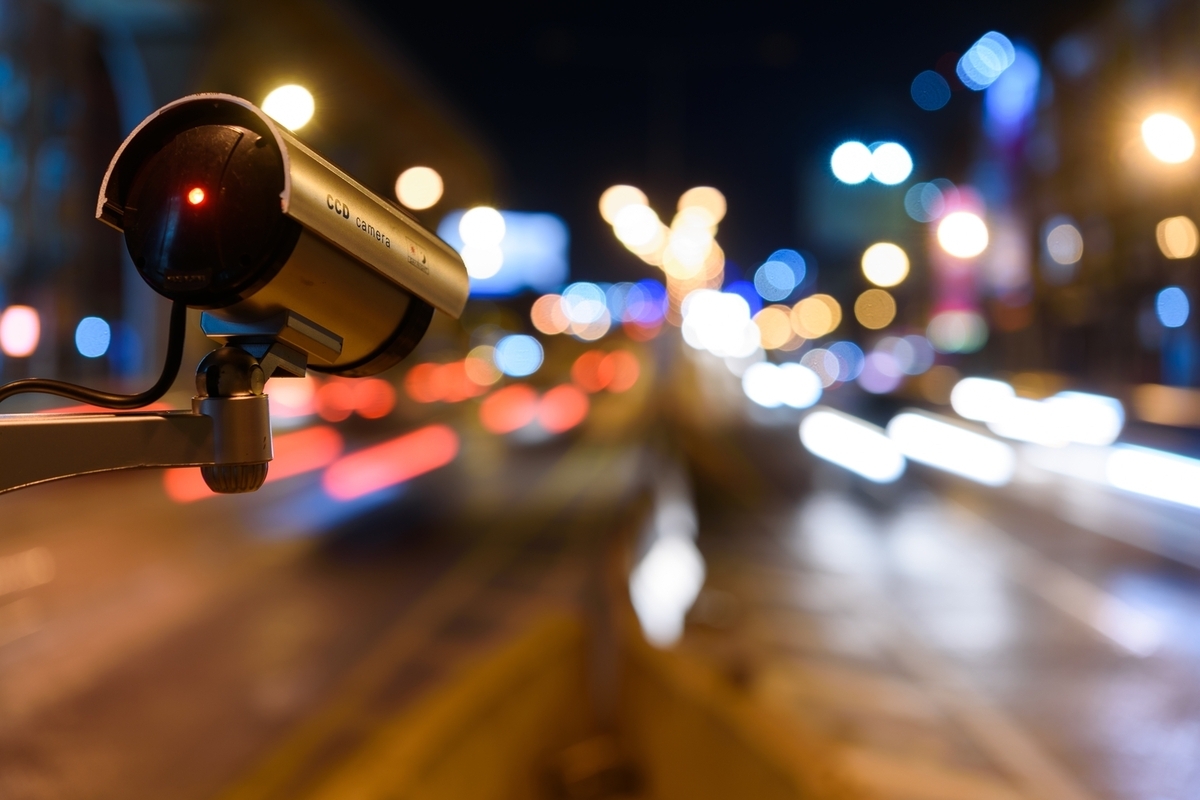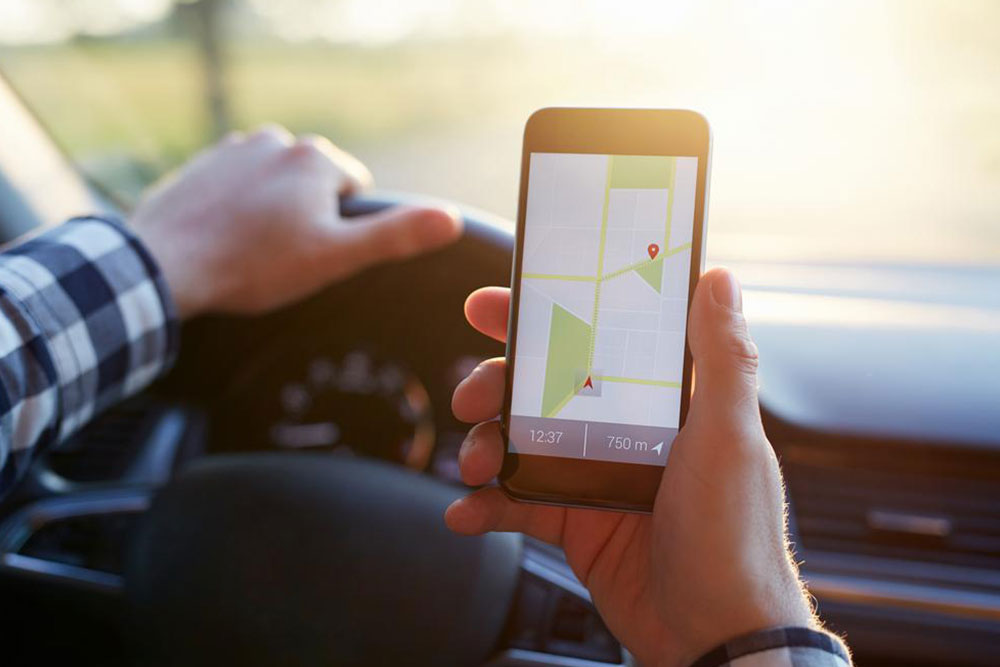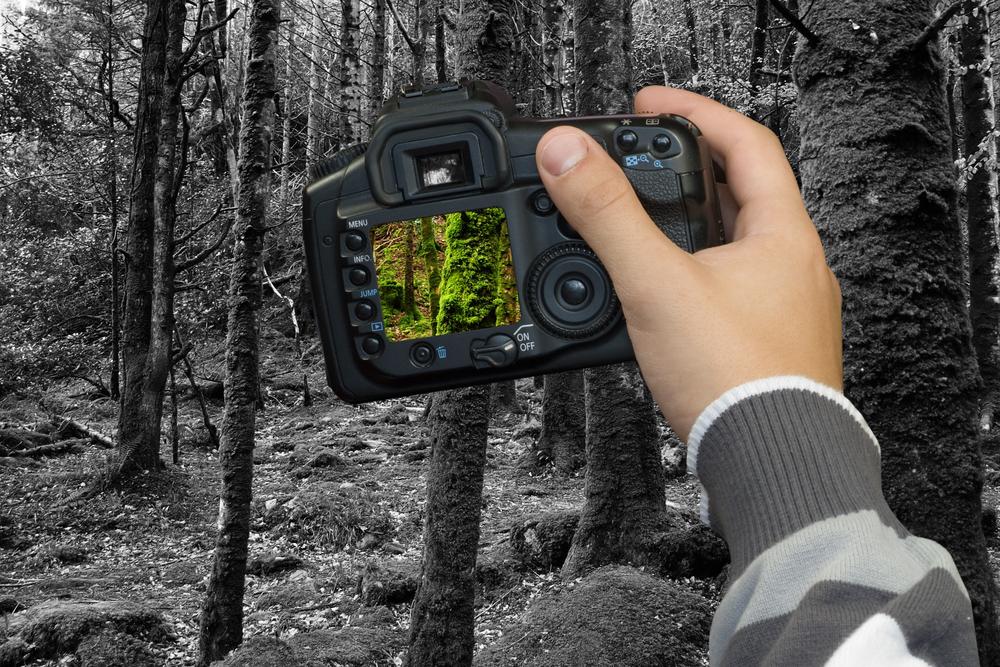Common Traffic Surveillance Cameras You Should Recognize While Driving
This article explores common types of traffic surveillance cameras such as red light, speed, traffic sensor, ANPR, and stop sign cameras. It highlights how each camera functions, their typical locations, and how drivers can identify them to ensure compliance while driving. Recognizing these devices helps avoid violations and promotes road safety. The piece also emphasizes the importance of understanding traffic monitoring tools for better traffic management and law enforcement effectiveness.
Common Traffic Surveillance Cameras You Should Recognize While Driving
Traffic monitoring devices play a crucial role in overseeing road safety by detecting incidents, weather challenges, and traffic violations. Law enforcement employs various on-road cameras to monitor driver behavior and ensure compliance. Being aware of these cameras helps drivers avoid fines and penalties. Today’s roads feature multiple types of real-time traffic cameras designed for different purposes.
Types of Traffic Cameras
Typical live traffic monitoring includes cameras for red lights, speeding, traffic sensors, vehicle license plate recognition, and stop sign enforcement.
Red Light Cameras
This camera activates when a vehicle crosses the stop line after the signal turns red, capturing images and videos of violations.

Red light cameras typically record two images of the vehicle’s license plate and a short video of the infraction, usually 12 seconds long. Installed near traffic lights, these cameras often emit a flash when capturing evidence, alerting drivers of their presence. They are generally installed on roadside poles facing intersections and are sometimes signified by warning signs.
Speed Monitoring Cameras
Similar to red light cameras, speed cameras detect and record vehicles exceeding speed limits. Their placement varies, often based on local traffic concerns.
Speed cameras tend to be installed in busy urban areas or quieter backroads where speeding issues have been reported. They come in two varieties: mobile and fixed. Mobile speed cameras are transported in vans or mounted on tripods, making them less visible and harder to locate using apps. Fixed speed cameras are mounted on roadside light poles, easily identifiable by their flashes and weatherproof enclosures.
Traffic Sensor Cameras
Less known but still significant, traffic sensor cameras are small, dome-shaped devices mounted on light poles. They measure traffic flow and light timings, aiding in real-time traffic management. While they provide critical data, law enforcement seldom use footage from these cameras for citations. These cameras inform drivers about current traffic conditions via media outlets, helping plan routes in congested areas.
License Plate Recognition (ANPR) Cameras
ANPR cameras detect and read vehicle license plates automatically. Located at intersections, they can be mobile or fixed. Although not used to issue tickets, they help law enforcement track vehicle movements, access driver information, and monitor violations. ANPR cameras operate in infrared, making them effective at night, often identifiable by an infrared LED array.
Stop Sign Cameras
These cameras monitor vehicles that fail to stop at stop signs, often using radar technology. Installed visibly in large enclosures with warning signs, they help enforce traffic rules, though details about their recording methods are limited.
Understanding these varied cameras and their functions assists drivers in recognizing and complying with traffic laws, contributing to safer roads and avoiding penalties.









